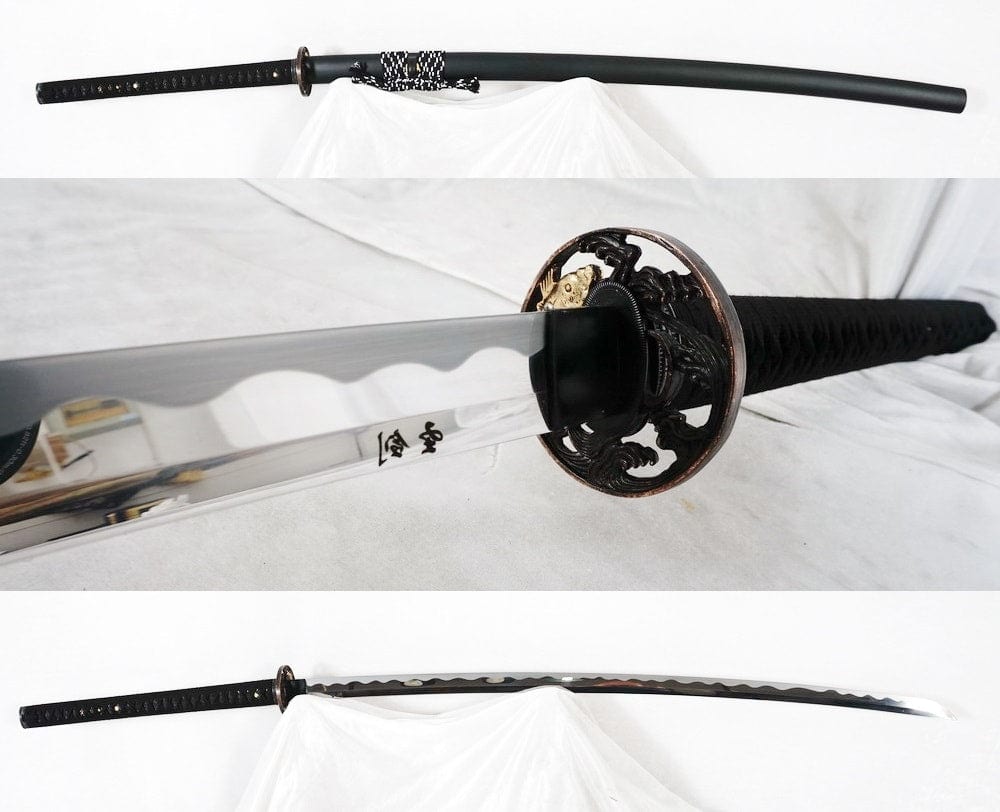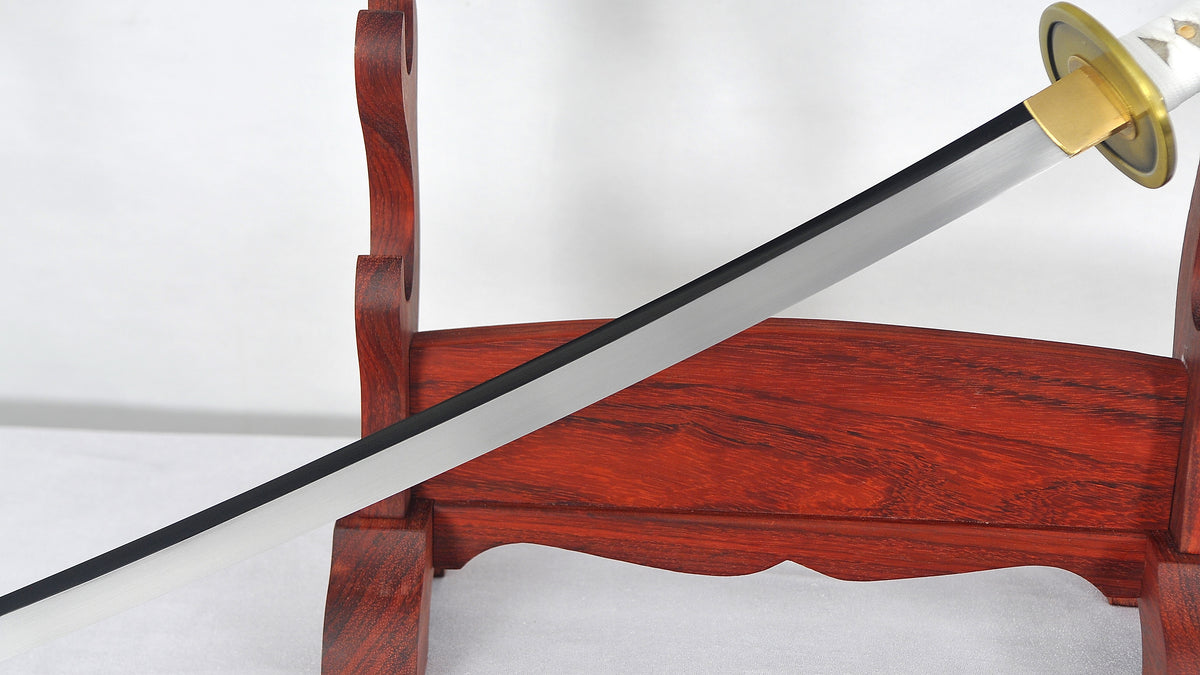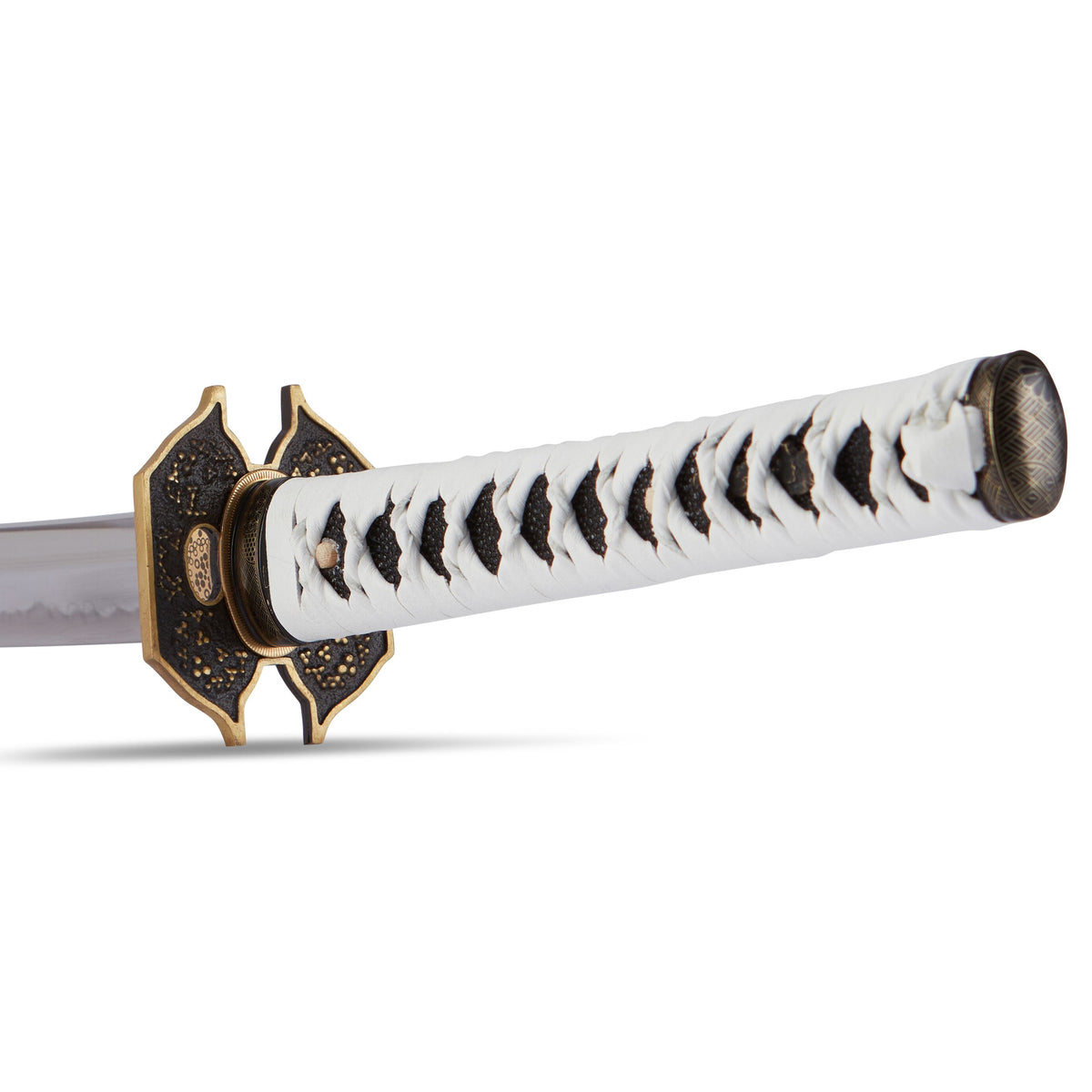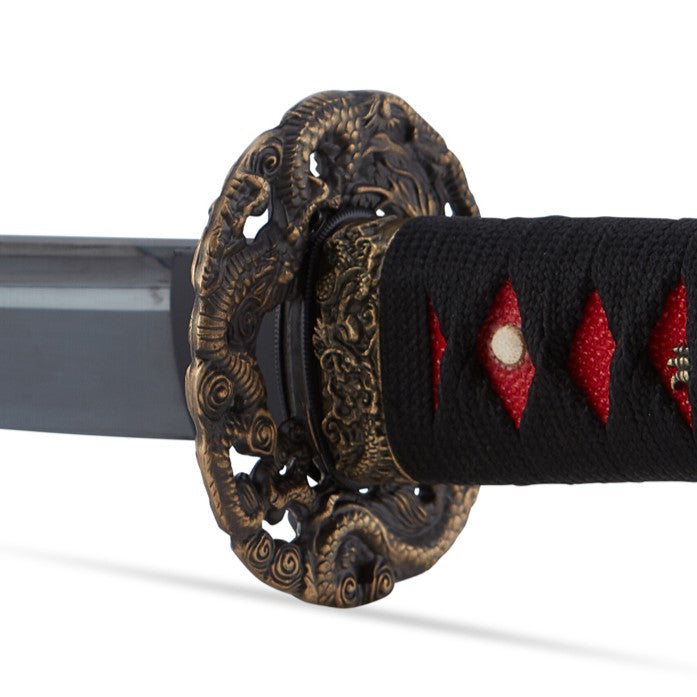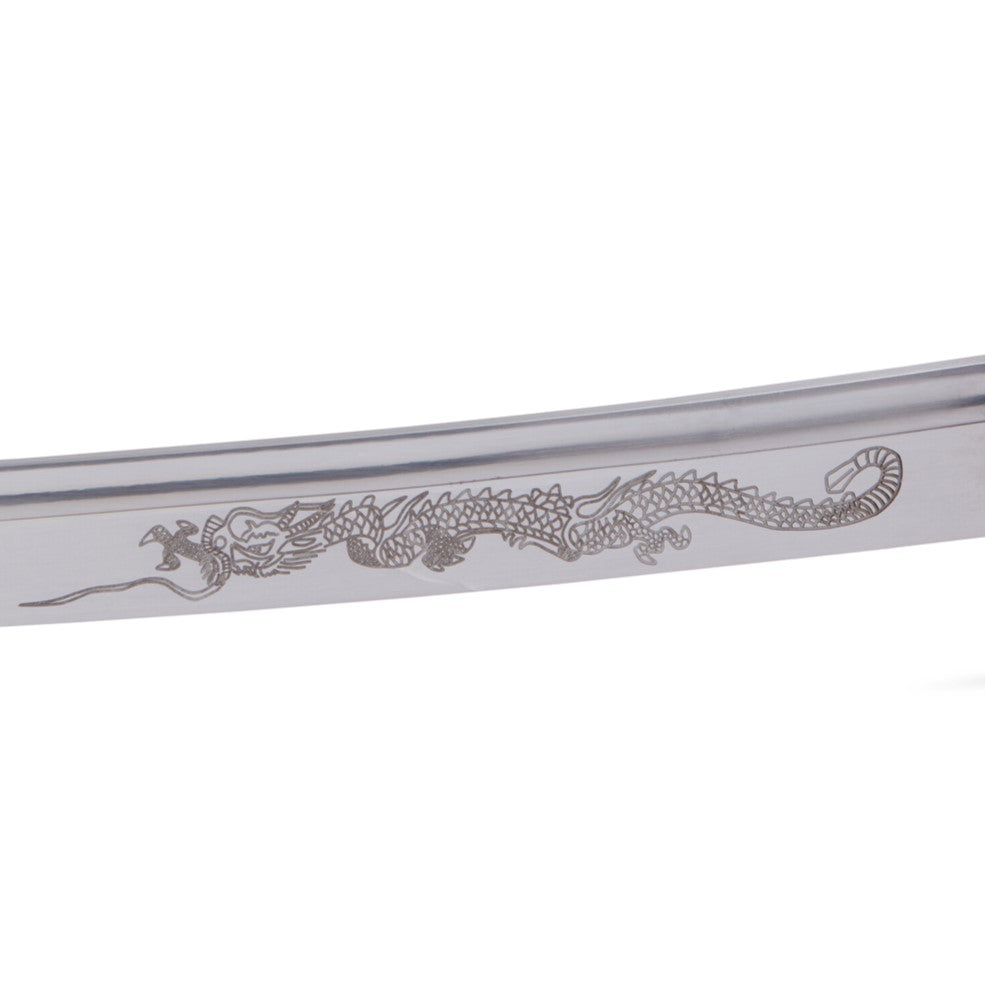The Battle of Sekigahara

What Happened in Sekigahara, Japan?
One of the largest and most important battles in Japanese feudal history, the Battle of Sekigahara arrayed the forces of Tokugawa Ieyasu against the Toyotomi loyalist clans. The battle was the end of more than three years of power consolidation for Tokugawa and is widely recognized as the beginning of the Tokugawa shogunate. This battle was full of notable names from this era of Japanese history and is a pivotal moment in the position of the ruling class. Learn more about the Battle of Sekigahara from the experts at Swords of Northshire today.
What Led to the Battle?
Toyotomi Hideyoshi rose to power under the infamous Oda Nobunaga in the late 1500s. After Nobunga was betrayed and killed, Hideyoshi avenged his commander and gained control over Japan with the help of his brother, Hidenaga.
Towards the end of his reign, Hideyoshi’s shogunate had to overcome a number of struggles, including the Siege of Odawara in 1590, the failure of invasions into Korea, and the execution of his heir. Because of this instability, the power vacuum allowed many factions to arise and attempt a power grab. One of the most powerful factions was headed by Tokugawa.
Who Was There?
The two forces at the Battle of Sekigahara included what became known as the Eastern and Western Armies. The Western army was headed by Ishida Mitsunari and his supporters, Ōtani Yoshitsugu, Mashita Nagamori, and Ankokuji Ekei with Mōri Terumoto as their general. The Eastern Army was commanded by Tokugawa Ieyasu and had around 70,000 soldiers ready to fight the 90,000 soldiers of the Western Army.
What Happened?

The Battle of Sekigahara unofficially began on October 21, 1600, when Tokugawa’s advance guard stumbled upon Ishida’s army in a dense fog. With both sides aware of the other’s presence, they retreated to gather their forces.
The official start began with a charge from Tokugawa’s Eastern Army along the left flank. Unfortunately, the muddy ground hampered both forces and the battle there devolved quickly. Seeing this, Tokugawa ordered attacks from the right and center of his army against the Western Army’s left flank to support the initial attack. While this left the Eastern Army’s center vulnerable, nobody took advantage of the position because of strict adherence to a broken chain of command. With nobody to command the soldiers, they remained in place.
At this point, Tokugawa struck another blow at the Western Army. One of their daimyo was staying neutral on the battleground, but Tokygawa attacked his forces directly to make him choose a side. This daimyo, Kobayakawa Hideaki, switched sides and entered the battle on Tokugawa’s side.
Because they were outnumbered, the other daimyos of the Western Army also decided to switch sides and comprehensively turned the tide of the Battle of Sekigahara to assure Tokugawa’s victory.
Aftermath
With this decisive victory, Tokugawa was able to gain enough momentum to rule japan as a shogunate in truth. His reign lasted over 200 years, until 1868.
This battle was one of many where ancient and modern weapons were both used. Samurai swords wielded alongside gunpowder and cannons created deadly havoc among men and horses. To this day, the katana and other samurai weapons are symbols of honor and power.
Join the heroes of Japanese history in Sekigahara, Japan when you choose to add a samurai sword to your collection. Shop Swords of Northshire for high-quality blades and unmatched service.
Best Sellers
- Regular Price
- from $199.99
- Sale Price
- from $199.99
- Regular Price
-
- Unit Price
- per
- Regular Price
- from $299.00
- Sale Price
- from $299.00
- Regular Price
-
- Unit Price
- per
- Regular Price
- from $179.00
- Sale Price
- from $179.00
- Regular Price
-
$200.00
- Unit Price
- per
- Regular Price
- from $619.00
- Sale Price
- from $619.00
- Regular Price
-
- Unit Price
- per
- Regular Price
- from $319.00
- Sale Price
- from $319.00
- Regular Price
-
- Unit Price
- per
- Regular Price
- from $239.00
- Sale Price
- from $239.00
- Regular Price
-
- Unit Price
- per
- Regular Price
- from $339.00
- Sale Price
- from $339.00
- Regular Price
-
- Unit Price
- per
- Regular Price
- from $219.00
- Sale Price
- from $219.00
- Regular Price
-
- Unit Price
- per
- Regular Price
- from $364.00
- Sale Price
- from $364.00
- Regular Price
-
- Unit Price
- per
- Regular Price
- from $519.00
- Sale Price
- from $519.00
- Regular Price
-
- Unit Price
- per

